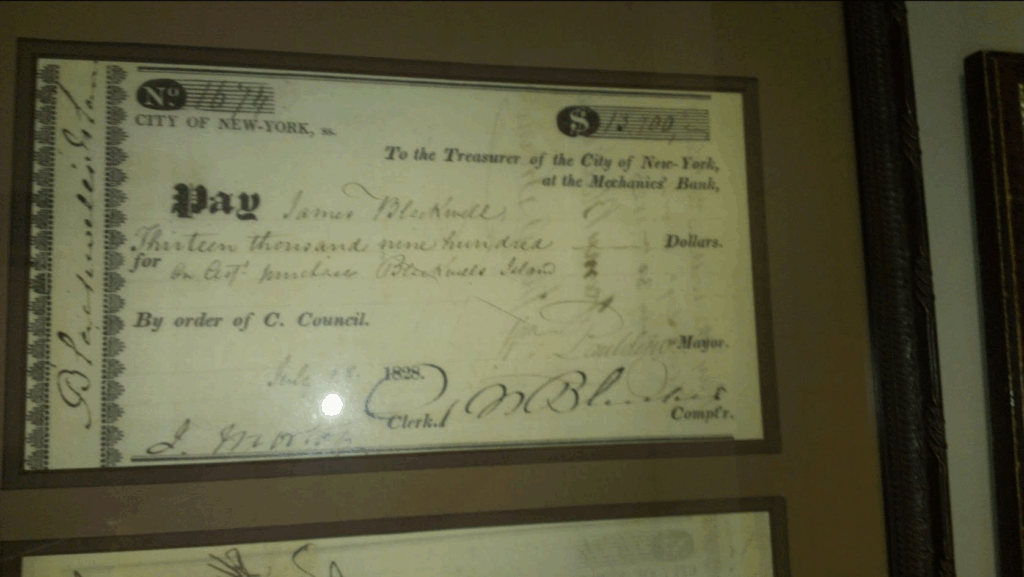Weekend, April 19-20, 2025 – Flamboyant shows were most popular with women exposing legs


The Black Crook:
Burlesque Comes to New York
by Bill Greer
New York Almanack
Weekend, April 19-20, 2025
ISSUE #1429
The Black Crook: Burlesque Comes to New York
April 17, 2025 by Bill Greer

Niblo’s Garden was a venerable name in the theater business. Its first shows dated back to the presidency of Andrew Jackson. The finest Shakespeareans and grandest divas graced its stage. Its audiences witnessed New York debuts of Italian operas, the dancing of the polka, and the military antics of the French Zoaves. The original theater at the corner of Broadway and Prince Street burned in 1846. Newly rebuilt on the same spot, Niblo’s reopened in 1849.
The theater’s greatest triumph opened on a September evening in 1866. The ballet corps of The Black Crook pranced out before an overflow crowd.
For six hours, the dancers exhibited a charm, beauty, and grace never before seen in America, or so judged the critic of the New York Evening Post. The New York Times was less kind, describing dancers wearing no clothes to speak of performing “such unembarrassed disporting of human organism [as] has never been indulged in before.”
Both papers concluded the show would be a tremendous success. When the initial run ended four hundred seventy-four performances later, no one could argue. Burlesque had come to New York and the city loved it.

The production starred Maria Bonfati as Stalacata, Fairy Queen of the Golden Realm in Germany, 1600. Stalacata saves the simple villager Rodolphe from the designs of Count Wolfenstein, who lusts after his fiancé Anima. The Count has enlisted Hertzog, the “Black Crook,” to capture Rodolphe.
Hertzog has a deal to sell one soul each year to the devil in exchange for immortality. Rodolph is this year’s victim. Queen Stalacata rescues Rodolphe from Hertzog’s clutches as her army defeats the Count’s force. Demons drag the Black Crook Hertzog to hell. Rodolphe and Amina live happily ever after.
So much for the plot, which had nothing to do with the play’s acclaim. Audiences flocked to it for the burlesque – song, dance, buffoonery and sparsely-covered flesh.
The playbill offered such dazzling numbers as “Naughty, Naughty Man,” a “Grand Amazonian March,” and “A Dazzling Transformation Scene Revealing the Nymphs of the Golden Realm.”

Photographs of the leading ladies and the ballet corps sold briskly. During a revival in the early 1870s, the vice hunter Anthony Comstock, just beginning his forty-year battle against obscenity, indicted one smut dealer reportedly for selling photos of dancers on stage in The Black Crook.
Their legs outlined in tights beneath short skirts were to risqué for the judge as well. He sentenced the dealer to one year’s imprisonment at hard labor and a $500 fine.
Niblo’s revived The Black Crook in 1872, which turned out to be a sort of last hurrah for the theatre. Three months after the show closed, Niblo’s burned to the ground a second time.

The New York Herald delivered a eulogy. With The Black Crook, Niblo’s had inaugurated a new era of gaudy spectaculars, the paper said. While lamented by respectable society, these proved enormously popular among the public, particularly for those enjoying “an exhibition of leg development.”
In this “corruption of the popular dramatic taste Niblo’s has been the principal sinner, and the baneful and demoralizing influence it exerted was felt from one end of the Union to the other.”
The eulogy was premature. Niblo’s again rose from the ashes. In a new building, its fourth revival of The Black Crook opened on August 18th, 1873. The Herald described “the event as far from literary as possible, and with very little affinity to anything dramatic.” But the critic admitted that “if the size of the audience is any criterion from which to judge of the success of the piece it will have another long run.”

Indeed The Black Crook’s run was far from over. The show enjoyed another revival in 1873 and a movie version released in 1916. And today Brooklyn’s Green-Wood Cemetery honors the legacy of one of its most famous residents, William Niblo, with an annual spectacular that “unleashes jaw-dropping talents: fire-eaters, musicians, contortionists, dancers, and so much more!”
The 2025 extravaganza is scheduled for July 12th.
PHOTO OF THE DAY
ORIGINAL CHECK FOR $13,900 FROM THE
CITY OF NEW YORK TO PAY FOR THE PURCHASE
OF BLACKWELL’S ISLAND (PARTIAL PAYMENT)
JAY TARTELL/ NY MEDICAL COLLEGE ARCHIVES

CREDITS
Public Domain Review
All image are copyrighted (c) Roosevelt Island Historical Society unless otherwise indicated
THIS PUBLICATION FUNDED BY DISCRETIONARY FUNDS FROM CITY COUNCIL MEMBER JULIE MENIN & ROOSEVELT ISLAND OPERATING CORPORATION PUBLIC PURPOSE FUNDS.


Copyright © 2024 Roosevelt Island Historical Society, All rights reserved.Our mailing address is:
rooseveltislandhistory@gmail.com

Leave a comment